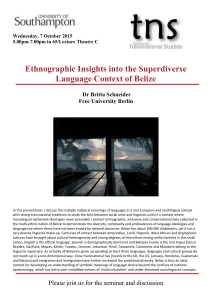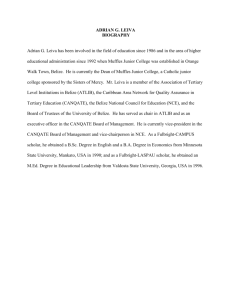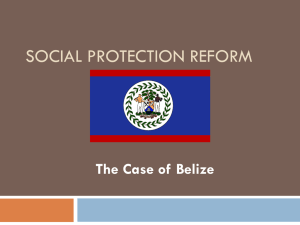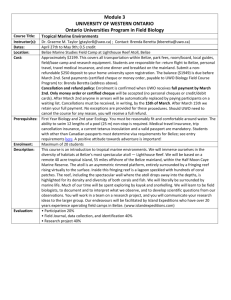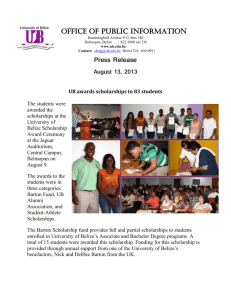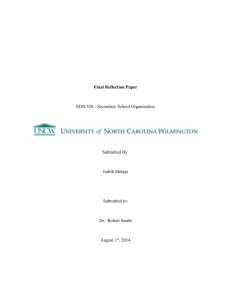Using Mitochondrial DNA to Identify Primate Capture Hotspots of the
advertisement
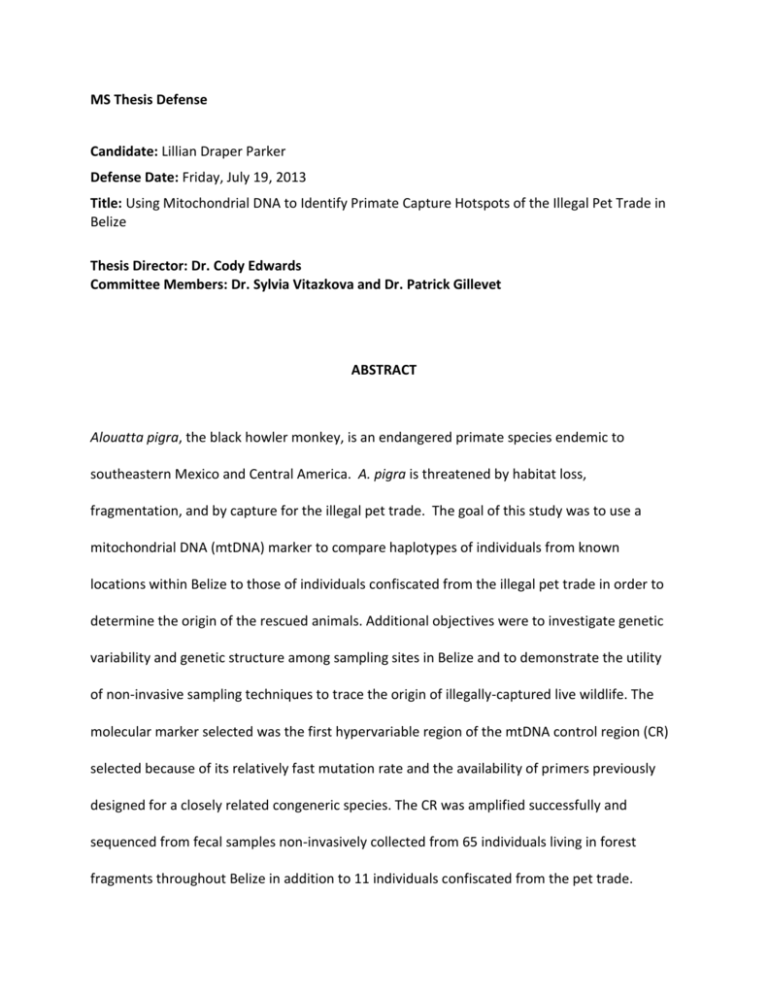
MS Thesis Defense Candidate: Lillian Draper Parker Defense Date: Friday, July 19, 2013 Title: Using Mitochondrial DNA to Identify Primate Capture Hotspots of the Illegal Pet Trade in Belize Thesis Director: Dr. Cody Edwards Committee Members: Dr. Sylvia Vitazkova and Dr. Patrick Gillevet ABSTRACT Alouatta pigra, the black howler monkey, is an endangered primate species endemic to southeastern Mexico and Central America. A. pigra is threatened by habitat loss, fragmentation, and by capture for the illegal pet trade. The goal of this study was to use a mitochondrial DNA (mtDNA) marker to compare haplotypes of individuals from known locations within Belize to those of individuals confiscated from the illegal pet trade in order to determine the origin of the rescued animals. Additional objectives were to investigate genetic variability and genetic structure among sampling sites in Belize and to demonstrate the utility of non-invasive sampling techniques to trace the origin of illegally-captured live wildlife. The molecular marker selected was the first hypervariable region of the mtDNA control region (CR) selected because of its relatively fast mutation rate and the availability of primers previously designed for a closely related congeneric species. The CR was amplified successfully and sequenced from fecal samples non-invasively collected from 65 individuals living in forest fragments throughout Belize in addition to 11 individuals confiscated from the pet trade. Haplotype analysis showed that A. pigra in Belize historically have acted as a single interbreeding population with gene flow throughout regions in the country. Because of this, we were unable to identify the specific region of origin of rescued individuals. With the exception of a single individual, the haplotypes of rescued animals were closely related to those from known locations in Belize; therefore, we were able to conclude that all but one of the confiscated monkeys had likely originated in Belize. The one individual with a highly divergent sequence is likely to have originated outside of the country. Comparing our data to sequence diversity of a closely related howler species in South America demonstrated relatively low levels of genetic diversity in A. pigra in Belize. This could be the result of historic bottleneck events. Further evidence to support this possibility is the star-like shape of the haplotype phylogeny, which may be indicative of recent population expansion. Future studies should use higher resolution molecular markers such as microsatellites (or a panel of highly polymorphic SNPs) to elucidate fine spatial genetic structure and determine likely primate capture locations. Knowing the origin of captured monkeys will be critical to direct enforcement and education efforts in order to end the illegal trade in nonhuman primates in Belize. Given their relatively low level of genetic diversity and the ongoing threat of habitat destruction and isolation, it is crucial for the continued viability of the black howler population in Belize to take steps to preserve or restore habitat continuity to allow howler dispersal and gene flow.

